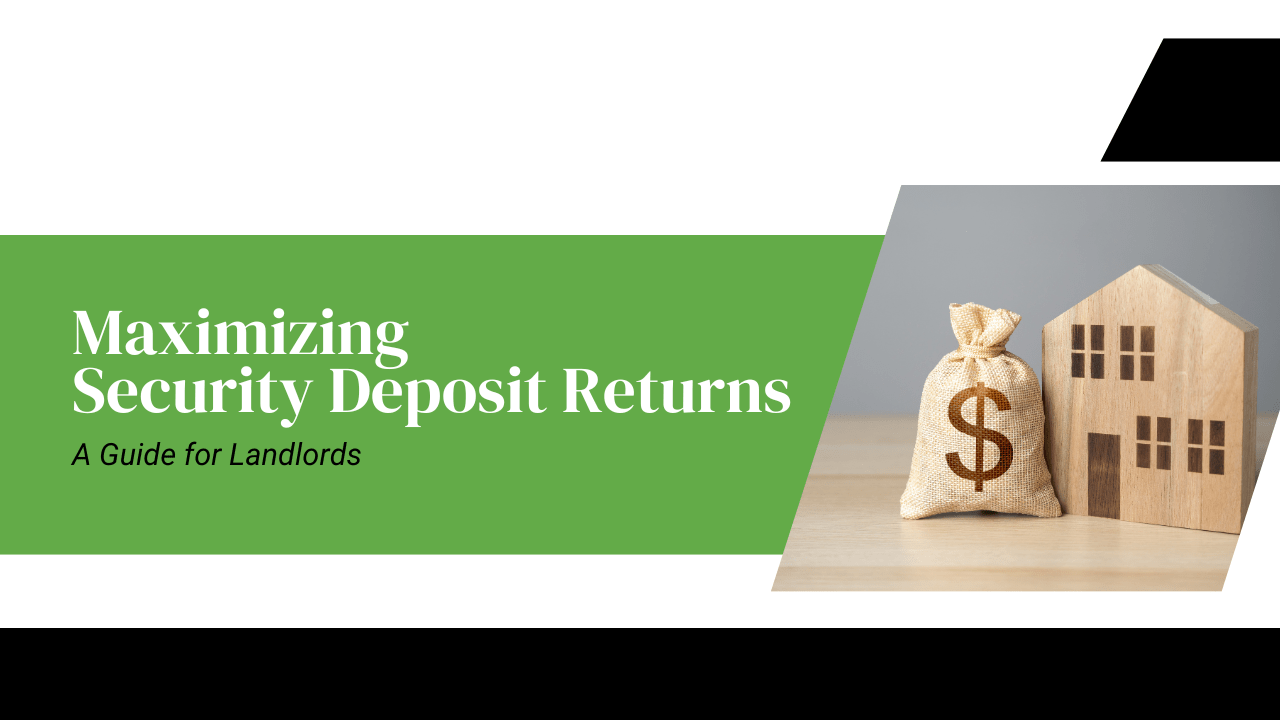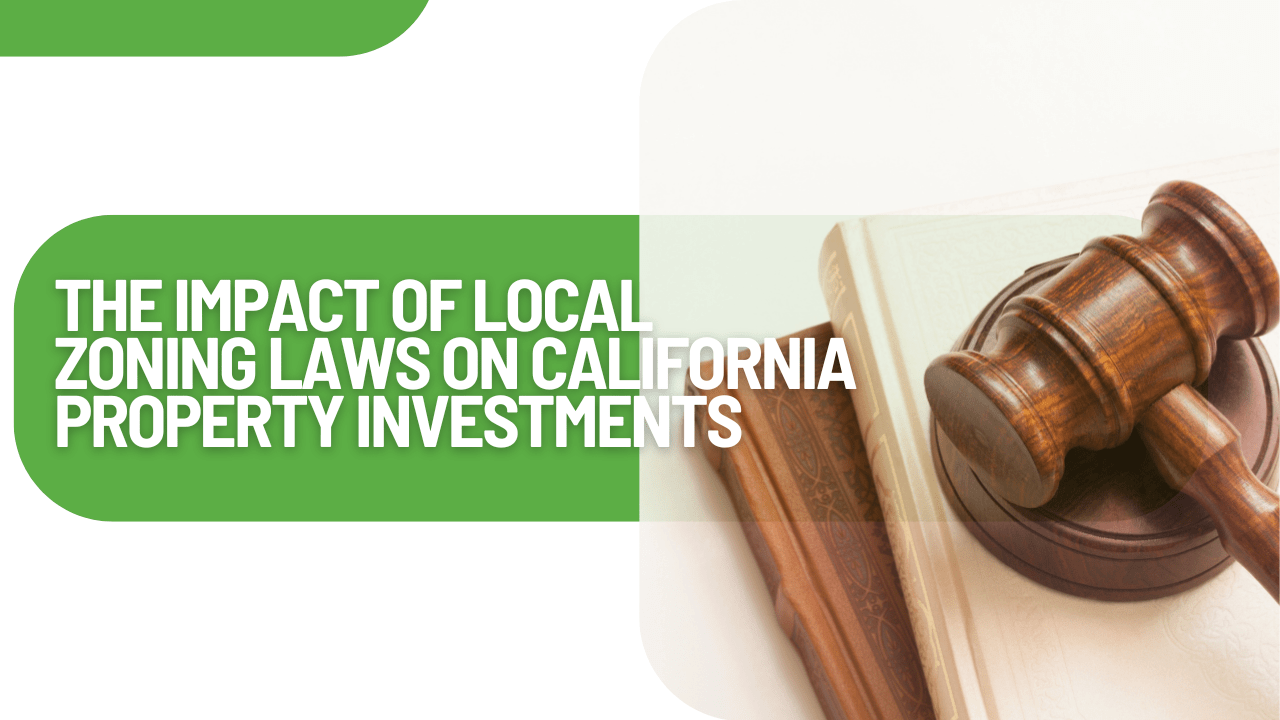Security deposit law can be confusing in California City – for owners as well as tenants. There are often disputes when a tenant moves out. Typically, tenants will expect to get their full deposit back, no matter what the property looks like. And, sometimes, owners will be a little bit over-zealous in making deductions from that deposit.
It’s easy to see how things might escalate.
As a landlord in California City, understanding the nuances of security deposit management is vital—not only for compliance with local laws but also for
maintaining positive tenant relationships. A well-handled security deposit can help mitigate disputes and ensure smoother transitions between tenants, ultimately benefiting your bottom line.
When we talk about maximizing your security deposit, we’re talking about staying compliant with the laws. We’re talking about understanding best practices for handling deposits and
conducting inspections.
Check out the tips we’re providing as
California City property managers around maximizing the return of security deposits. Here’s what you need to know.
Understanding California's Security Deposit Laws
California law (Civ. Code § 1950.5) outlines specific regulations regarding
security deposits. Familiarizing yourself with the law will help you manage deposits effectively and avoid potential legal issues. Recently, the law changed around how much you’re allowed to collect. Previously, landlords could ask for the equivalent of two months’ rent for an unfurnished rental property. Laws that went into effect in July of 2024 restrict that amount to one month. There are plenty of exceptions, of course, but in general, you should prepare to collect no more than the equivalent of one month’s rent.
Security deposits must be returned within 21 days of a tenant vacating the property. If you withhold any portion of the deposit, you must provide an itemized list of deductions that includes receipts and/or estimates. Many owners ask about interest. Depending on local regulations, you may also be required to
pay interest on the security deposit. If you have the option to keep the security deposit in a non-interest-bearing account, we recommend that you do it.
Best Practices for Handling Security Deposits
The way you collect, manage, and return security deposits can greatly affect your rental property earnings. Here are some best practices to follow.
- Clearly Outline Terms in Lease Agreements
Your lease should explicitly state the amount of the security deposit, its purpose, and the conditions under which deductions will be made. This transparency sets clear expectations and reduces disputes later on. Always acknowledge the receipt of that deposit.
- Use a Dedicated Security Deposit Account
Consider keeping security deposits in a separate bank account. This not only helps track funds but also adds another layer of protection for tenants. There’s less for you to worry about during the accounting and the return of the deposit.
- Conduct a Thorough Move-In Inspection
Document the property's condition before your tenants move into your property and take possession. This serves as a baseline for any discussions about damage or wear and tear when they move out. Take photographs and make sure that both you and your tenant sign off on a move-in checklist.
- Keep Detailed Records Throughout the Tenancy
Maintain records of maintenance, repairs, and tenant communications. Should disputes arise, having these records will help you defend your decisions regarding deposit deductions. The more detailed you can be, the stronger your case will look. This is why we are always encouraging photos and videos.
- Provide a Clear Move-Out Process
Communicate the steps tenants need to take before vacating your property. This might include cleaning guidelines, a final inspection if they opt to have one, and the return of keys and access devices. You always want to get a forwarding address, too, so you can return the security deposit promptly and within the 21-day requirement.
- Conducting Effective Move-Out Inspections
Move-out inspections are critical in determining whether deductions from a security deposit are justified. In California, your tenants have the right to a pre-move-out inspection. You’ll need to offer that about two weeks before they’re scheduled to depart. Here’s how to
conduct these inspections effectively:
- Schedule the Inspection Ahead of Time. Give your tenants at least a couple of days’ notice. This not only helps them prepare but also shows that you respect their time.
- Use the Move-In Checklist as a Guide. Refer back to the move-in inspection checklist. This will help both you and the tenant understand what was agreed upon at the beginning of the tenancy, making the inspection more straightforward.
- Communicate. If there are discrepancies, discuss them with your tenant on the spot.
Document the current condition of the property with photos or videos. This serves as proof for any deductions made later on. While you must conduct the inspection personally, ensure you maintain a respectful distance. This is still your tenant’s home, and they may feel uncomfortable with too much scrutiny.
Tips for Maximizing Security Deposit Returns
If deductions are necessary, ensure they are justified and documented. Being fair and transparent will
build trust, making tenants more likely to accept what you’re deducting.
Navigating the complexities of security deposits as a California landlord might seem challenging, and it can be. This is an excellent reason to work with a California City property manager. We handle the security deposit collection and return, leaving you with less stress and often fewer repairs to make.
Contact us at JBL & Associates. We’re a
leading property management company in California City with an outstanding reputation locally and within the industry. We’d love to talk with you further about how security deposits can impact how you protect your rental property.







